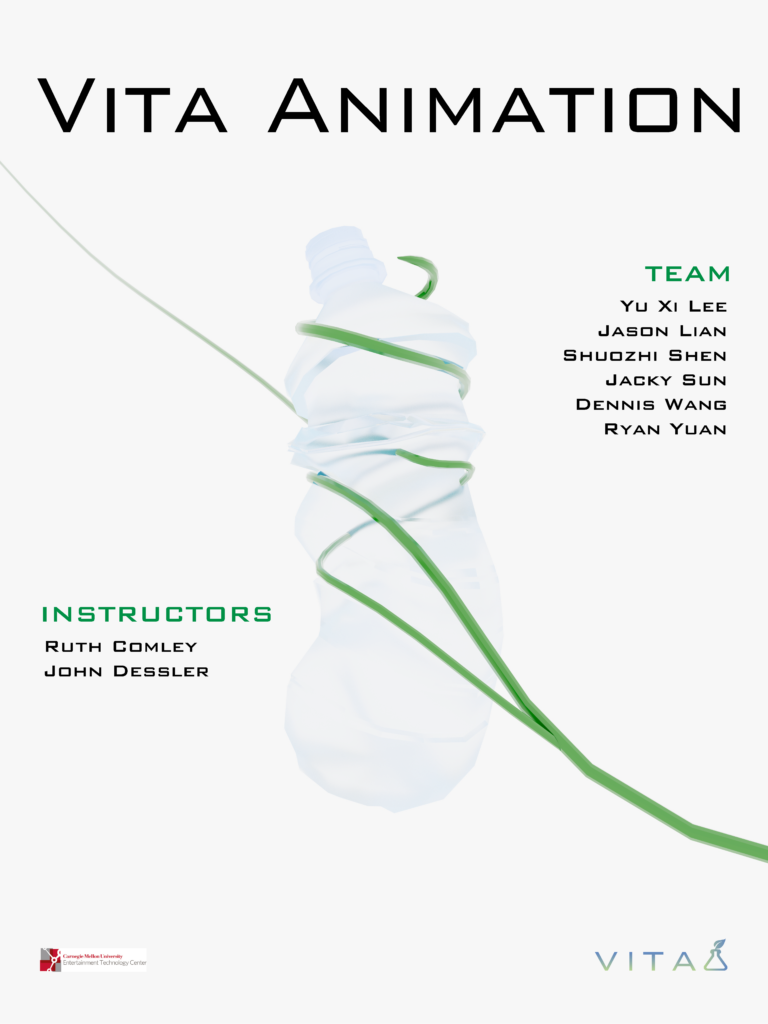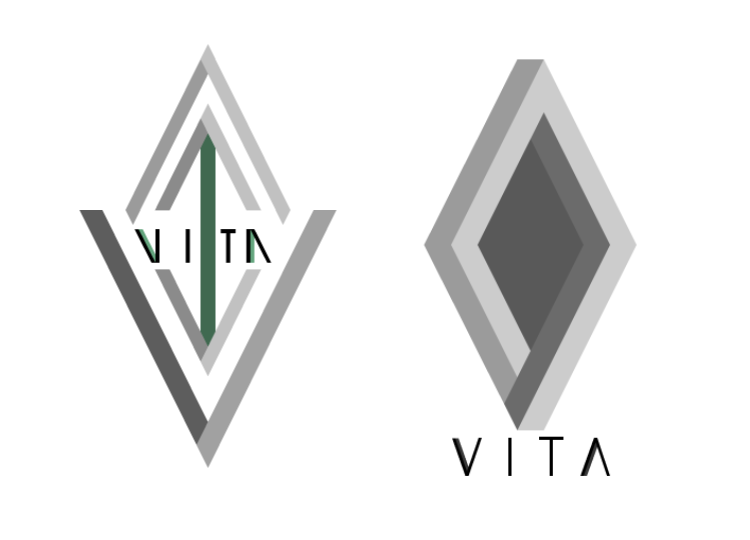For this week, we had our 1/4 walk around on Monday and we got feedback on the story and art of our project. During the walk around, multiple faculties had mentioned that the storytelling style of the piece is special but hard to manage, and the team felt that way too. After discussions and a close look at the storyboard together, we rearranged the original storyboard and made a version without too much backward storytelling and jumping between two timelines.

After a detailed discussion about the idea with our mentors, we decided to hold on to the original storyboard in the pre production package and started making a white box animation as soon as possible. Talking through the storyboard with the team and discussion about the story with our mentor really helped us understand the story, and we could see in what ways the story is special and exciting.
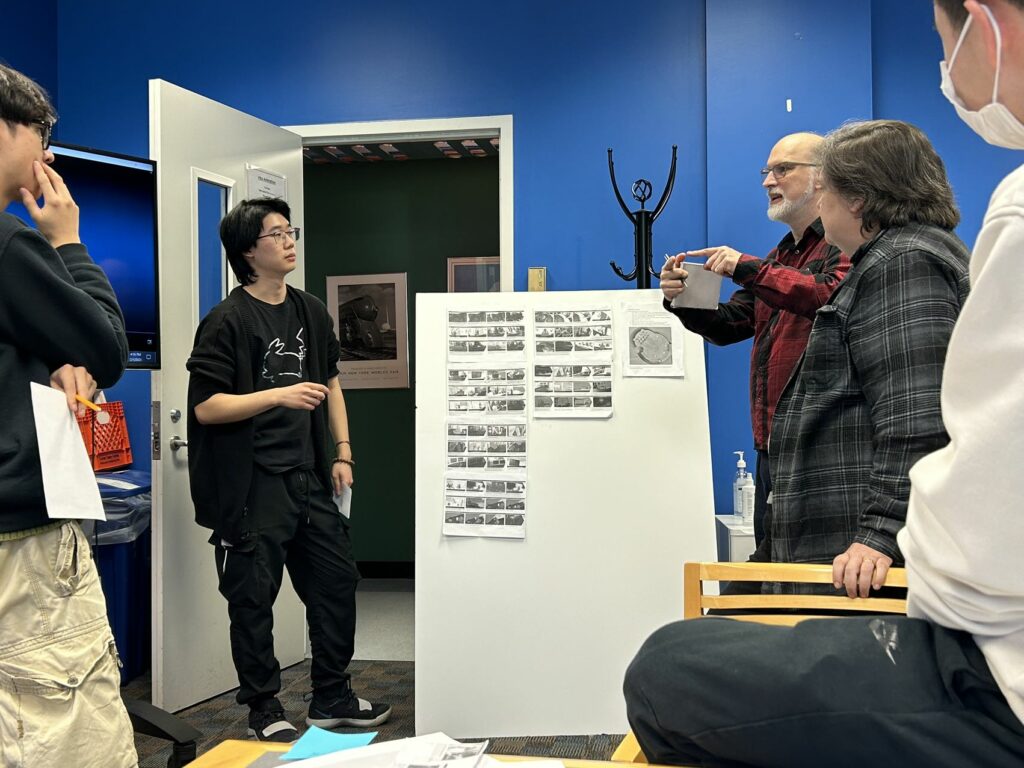
Then, we used made a white box animatics based on the storyboard. We were able to use it as a visual reference to keep the team on the same page and help everyone get the feeling of the final product.
We also planned out our shots and reorganized the storyboard to fit our needs. We rearranged it in a way that follows the original storytelling while being visually rich and appealing. This will give us a reference for the shots, camera movement, and edit in the production of the final version.
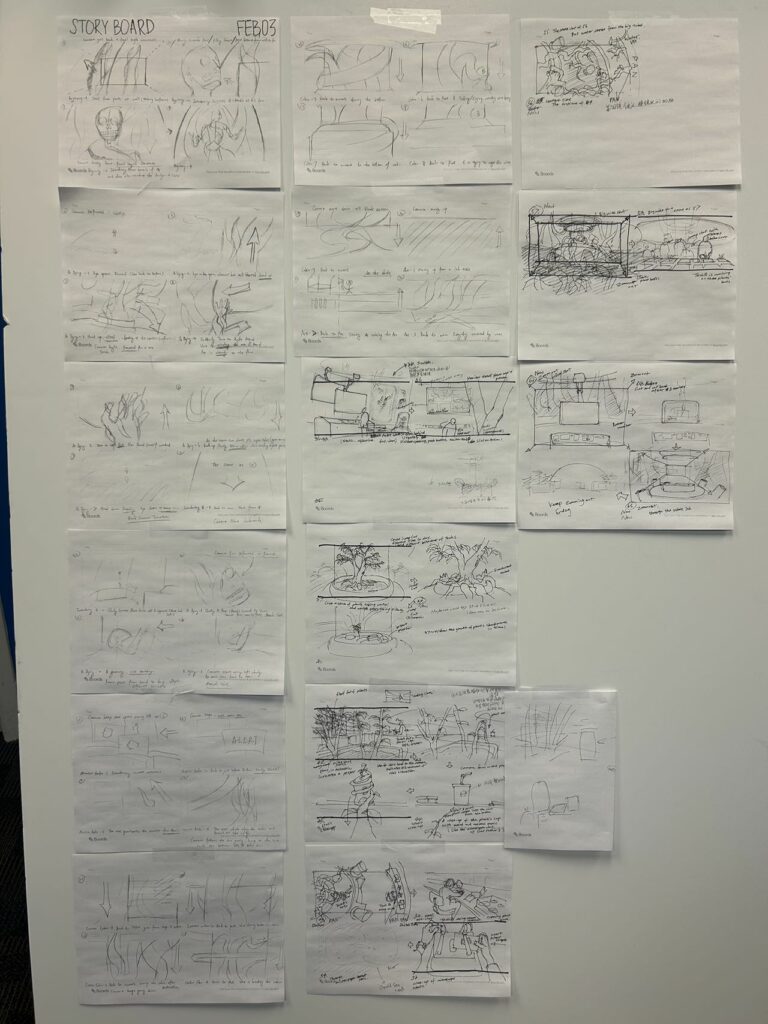
Then we went through the new storyboard and brainstormed assets we are going to need and made an asset list to track the progress of making those assets.
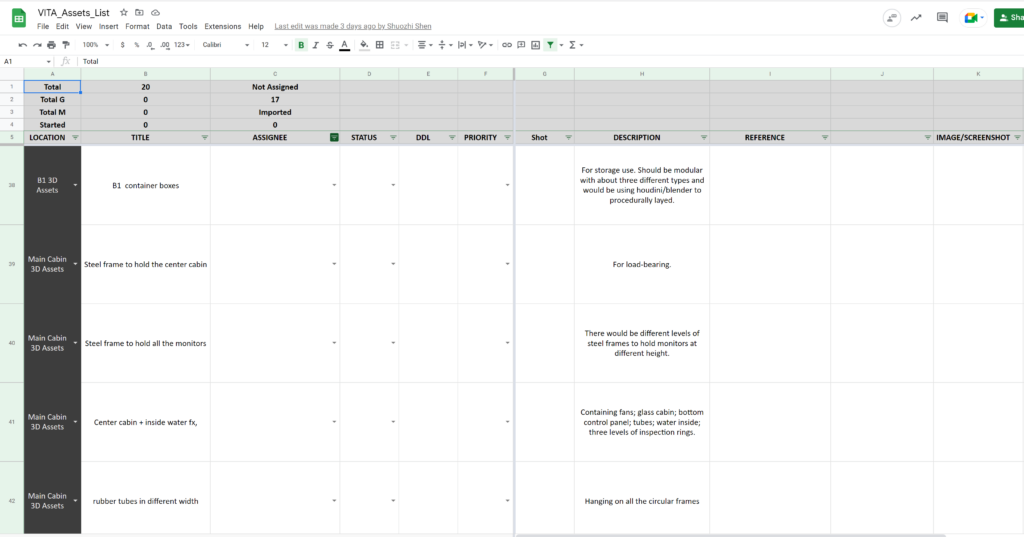
We also decide on version control and task management tools. The Unreal integration of Shotgrid did not work well, so after a discussion with our mentor, we decide to use P4V as the version control tool for the Unreal project and Shotgrid only as a repository for storing all the rendered image sequences and getting feedback from mentors. In addition to this, we use Trello to manage and schedule our tasks.
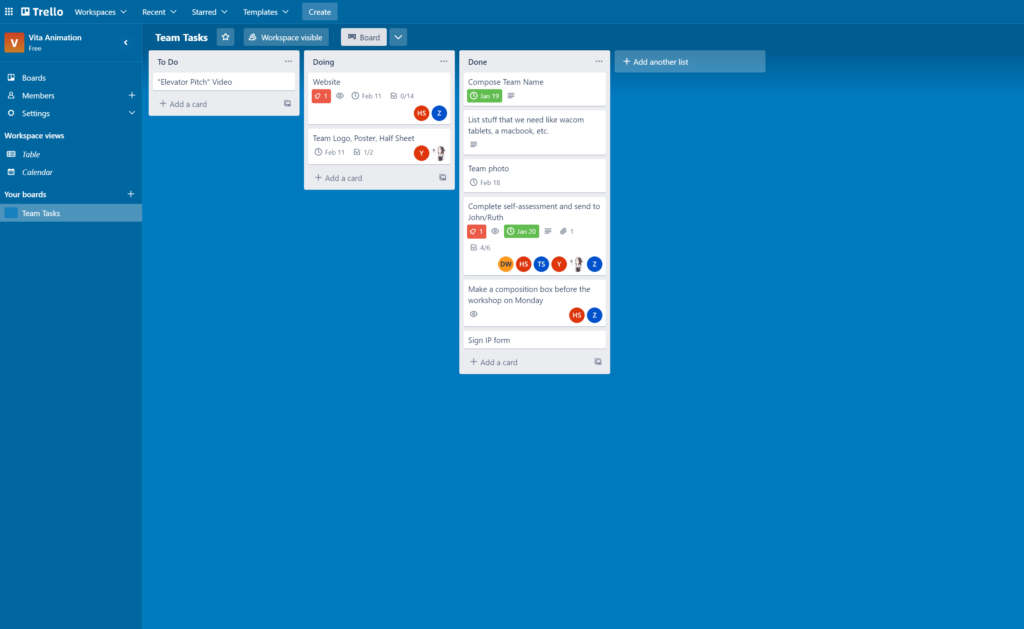
Our artists also worked on the draft version of our logo and poster this week.
